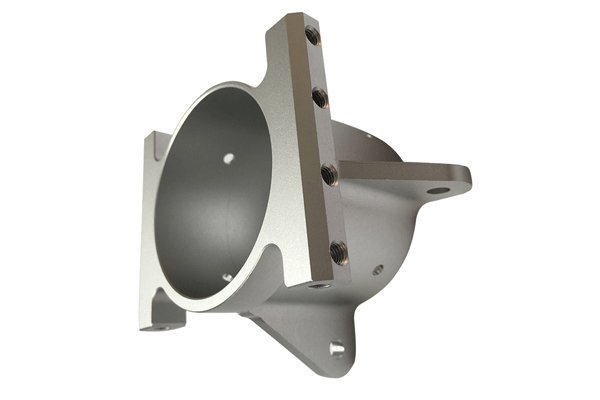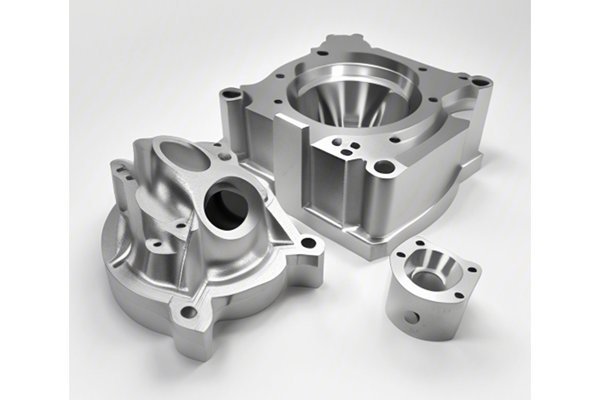: A Startling Statistic
Did you know that tool loss can account for up to 20% of production downtime in CNC machining operations? In a competitive landscape where efficiency is paramount, understanding and evaluating tool loss is critical for manufacturers who want to maintain their edge. As CNC machining becomes increasingly ubiquitous in industries such as aerospace, automotive, and medical devices, assessing tool loss has never been more relevant. This comprehensive guide aims to unravel the intricacies of evaluating tool loss in CNC prototype machining, presenting a detailed examination of techniques and strategies to mitigate this challenge.
Understanding CNC Machining and Tool Loss
Before we delve deeper, it’s essential to grasp the fundamental aspects of CNC machining. CNC, or Computer Numerical Control, machining involves the automated control of machine tools via a computer. The precision and efficiency of CNC machining make it a go-to method for producing prototypes and production runs.
However, as tools wear down over time—due to friction, heat, and other operational stresses—tool loss becomes an inevitable concern. Tool loss not only affects the quality of the machined parts but also the overall production efficiency. This blog will explore the types of tool loss, along with methods to evaluate and address them effectively.
Types of Tool Loss in CNC Machining
Understanding the types of tool loss is foundational to evaluating them accurately. Here are the most common categories:
Evaluating Tool Loss in CNC Prototype Machining
With advancements in technology, it’s now possible to monitor tool wear in real time using data analytics. Sensors embedded in CNC machines can collect valuable data on cutting speeds, temperatures, and vibrations. Through this data, manufacturers can generate insights into tool performance and wear patterns.
Routine inspections facilitate early detection of tool wear. Inspection can include visual checks, physical measurements, and even ultrasonic testing. Regular maintenance also helps in prolonging tool life.
One essential method of evaluating tool loss is through systematic tool life testing. This involves running a series of tests to ascertain the lifespan of different tool types under various conditions.

Many cutting tool manufacturers provide extensive data on their products, including expected tool life in various conditions. Using this data can help inform your expectations and evaluations.
Evaluating how tool loss affects overall production is crucial. By analyzing production data, you can assess the economic impact of tool loss on operations.
Solutions to Minimize Tool Loss in CNC Machining
Investing in high-quality cutting tools made from advanced materials can significantly reduce tool loss. Manufacturers should seek tools specifically designed for the materials being machined.
The choice of cutting conditions plays a pivotal role in the longevity of tools. Factors to optimize include:
Cooling systems not only extend tool life by regulating temperature but also minimize chip buildup. Understanding the best coolant for specific applications helps in reducing thermal degradation.
Ensure that machine operators are well-trained in best practices for tool management and CNC operation. This training should cover:
Evaluating tool loss in CNC prototype machining is a multifaceted endeavor requiring careful attention to various aspects of the machining process. By monitoring tool wear, implementing regular maintenance, conducting life testing, and analyzing production data, manufacturers can effectively mitigate tool loss and enhance overall efficiency.
In an industry where every second counts, neglecting tool loss could result in substantial financial repercussions. Therefore, take the insights from this guide to heart and incorporate these strategies into your operation. Understanding and addressing tool loss is not just about improving production efficiency—it’s about sustaining the competitive edge in a rapidly evolving market. Make it a priority, and experience the tangible benefits it can bring to your CNC machining processes.






